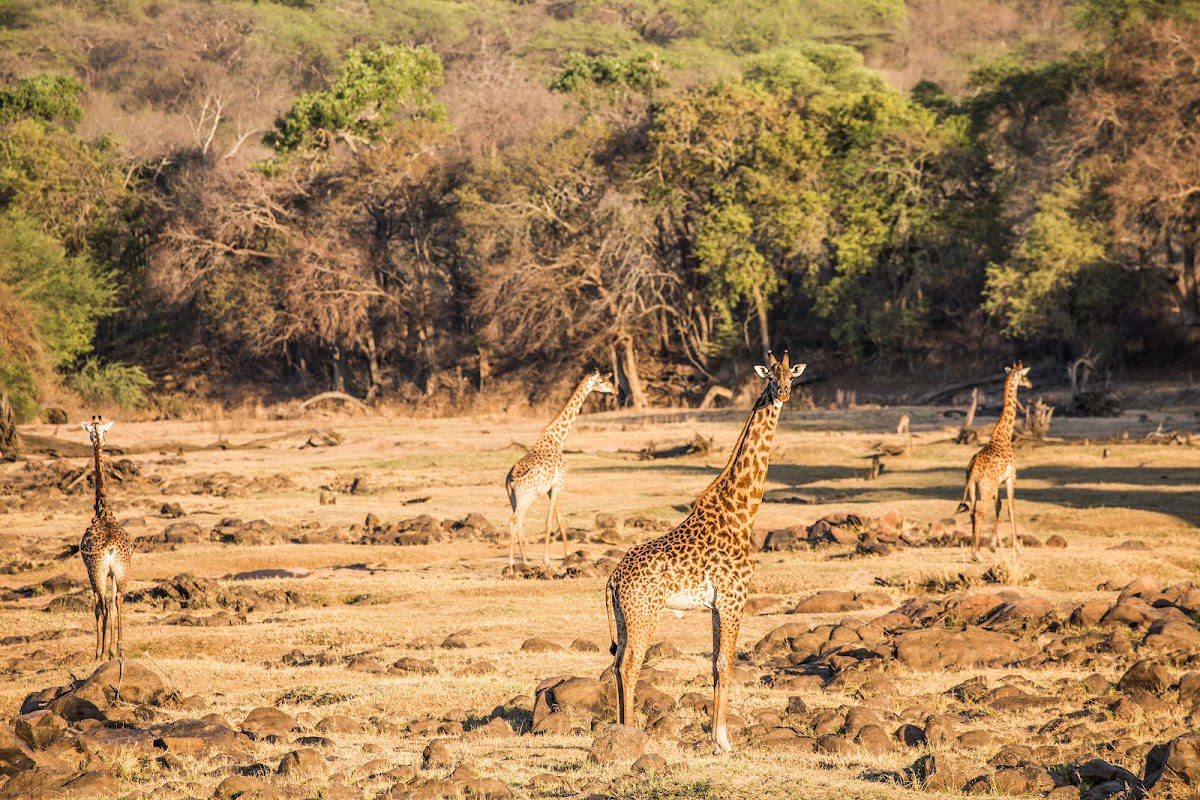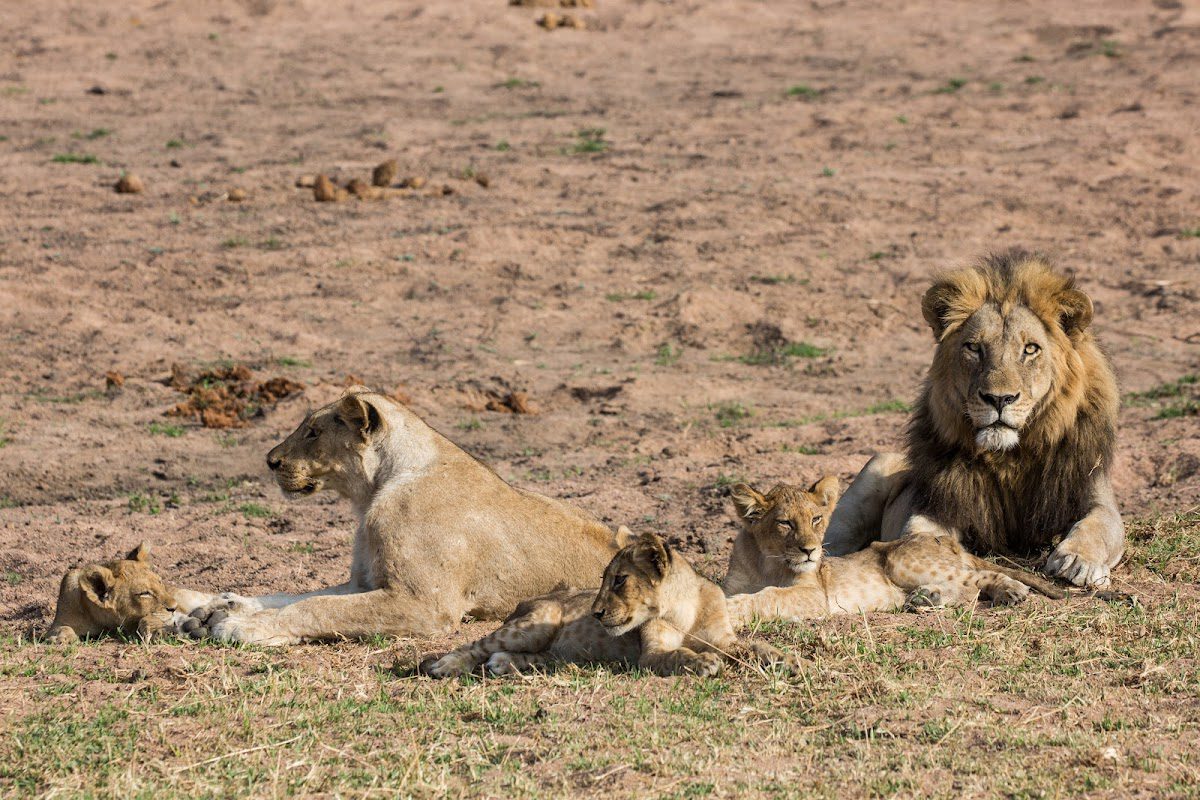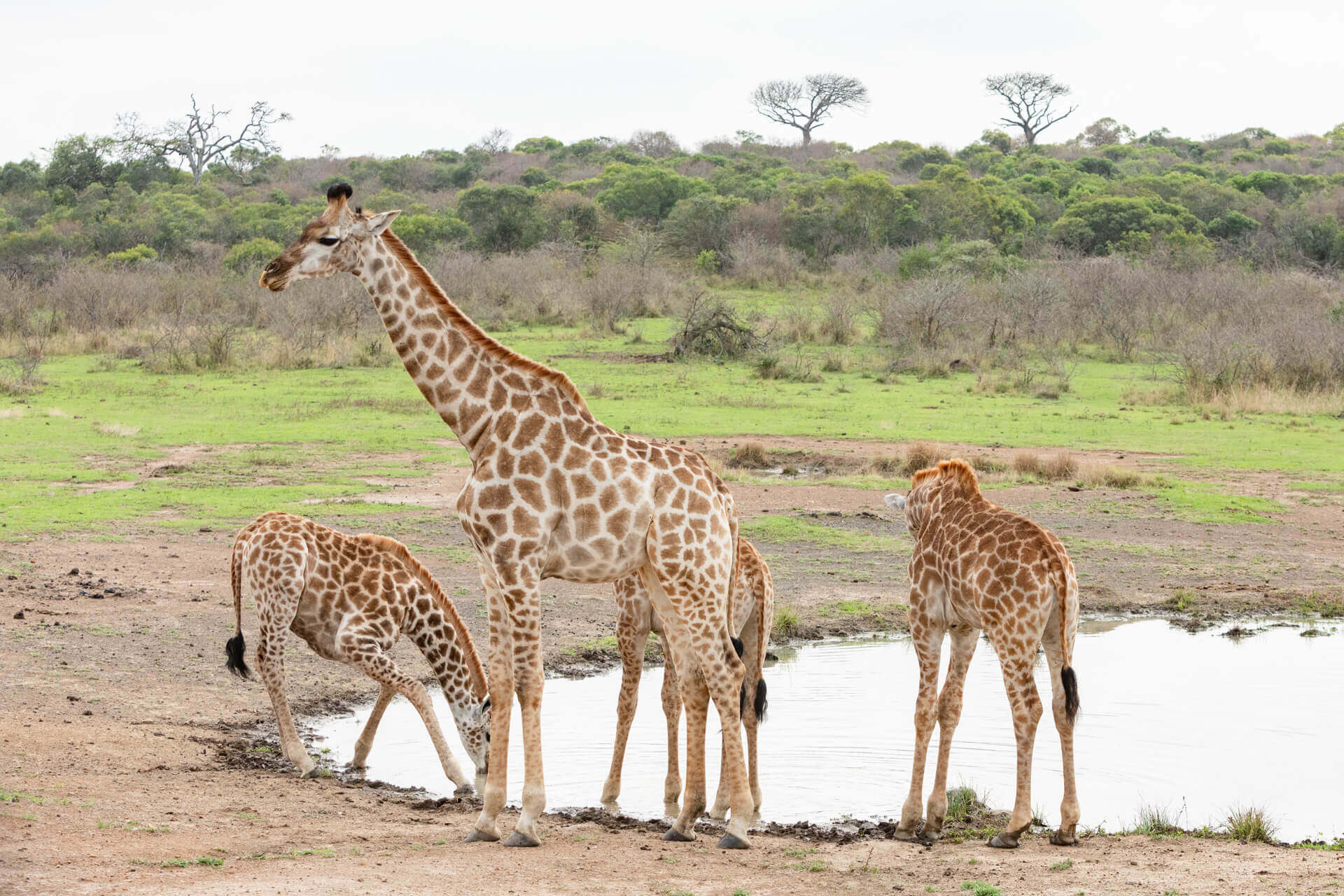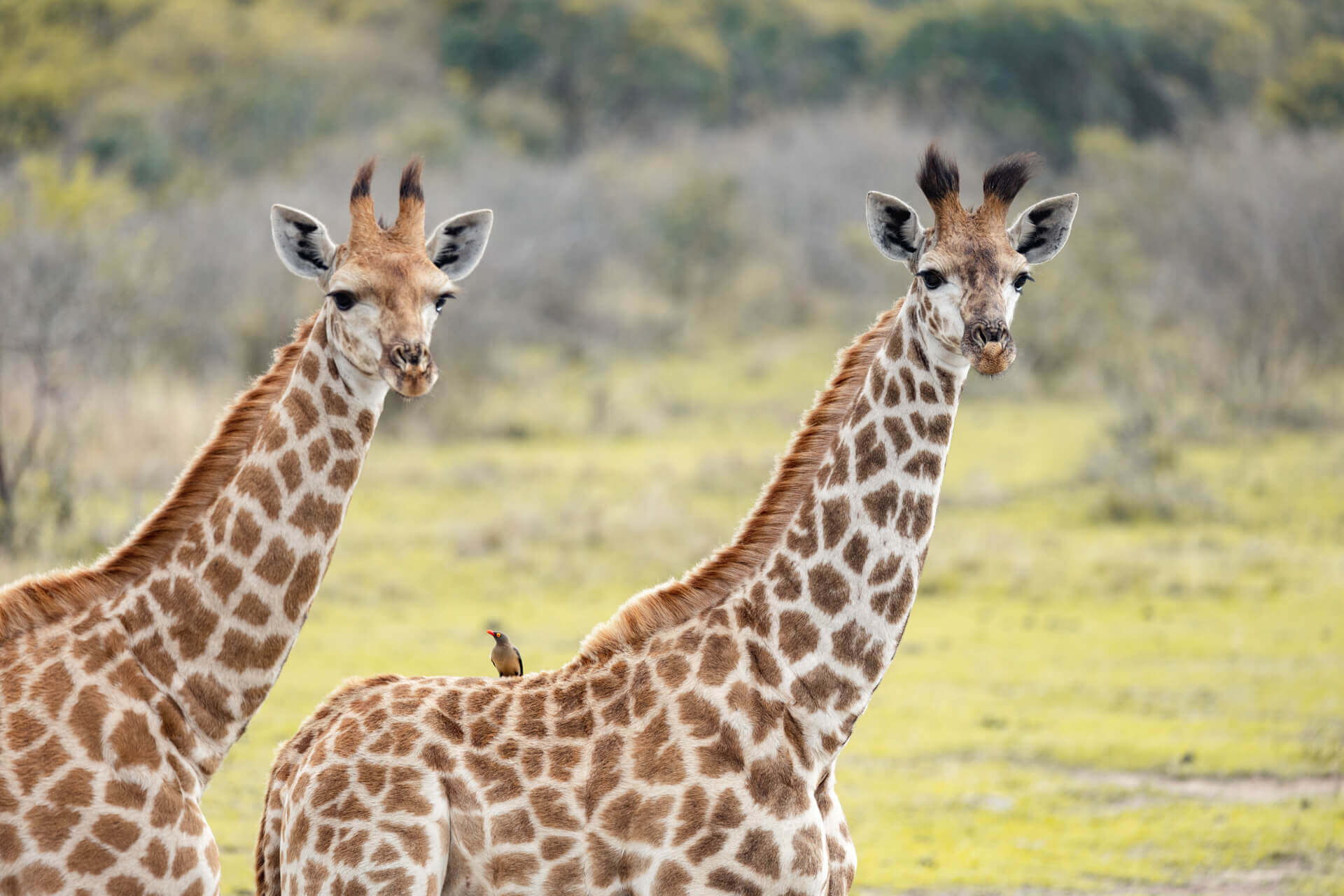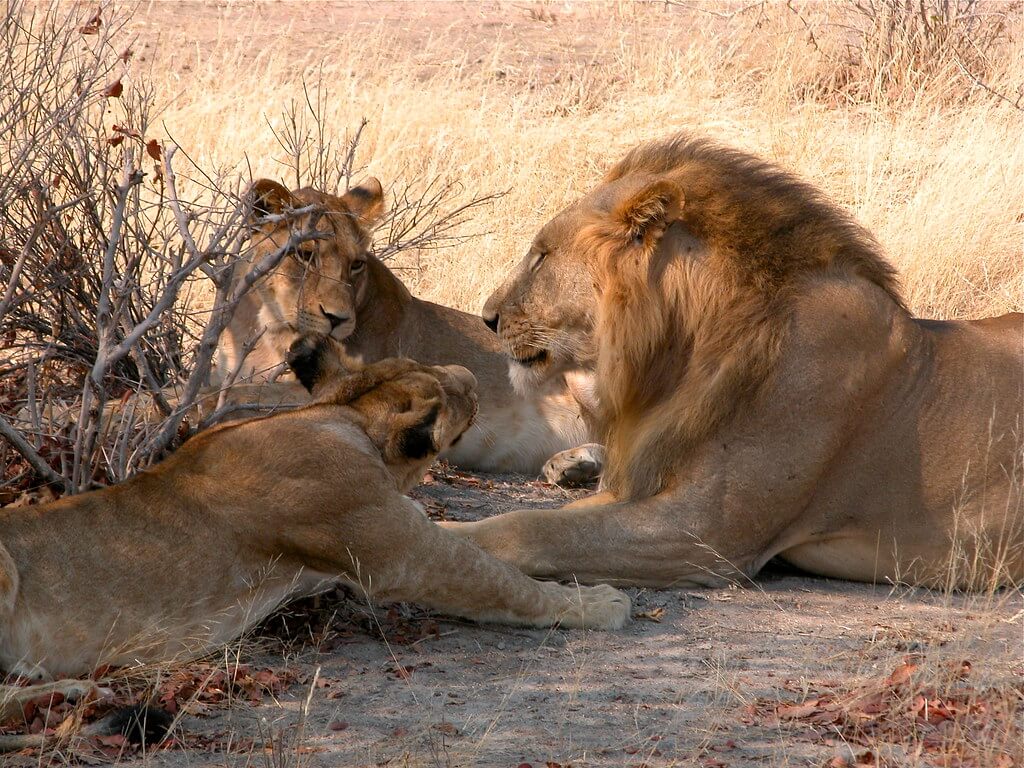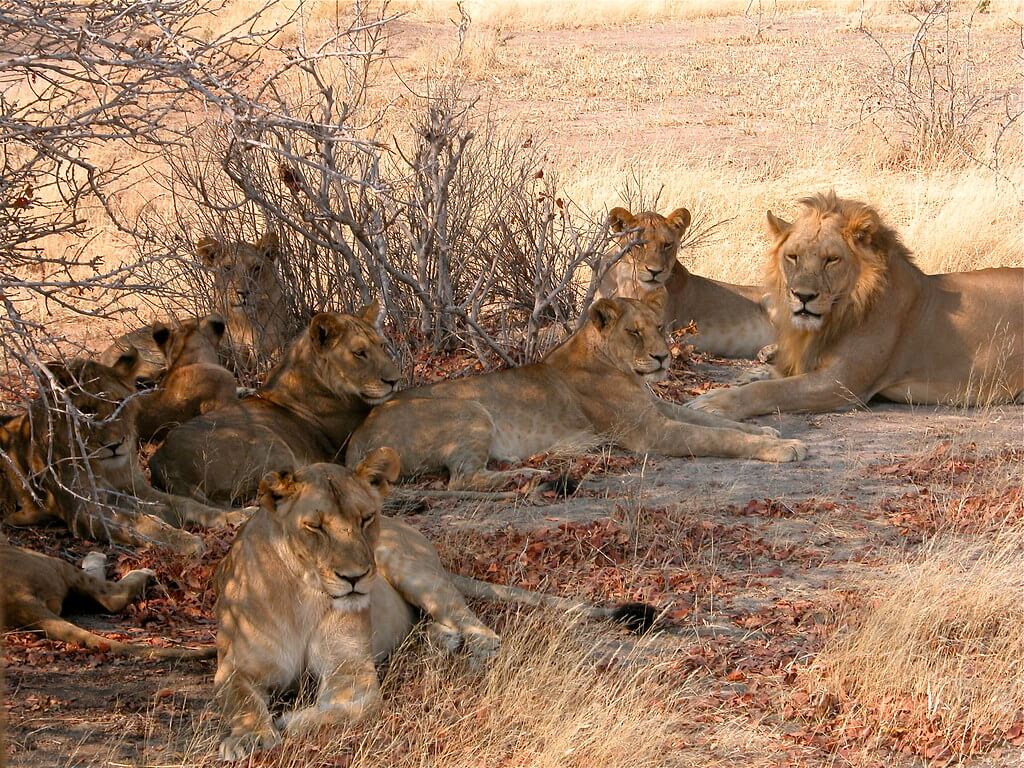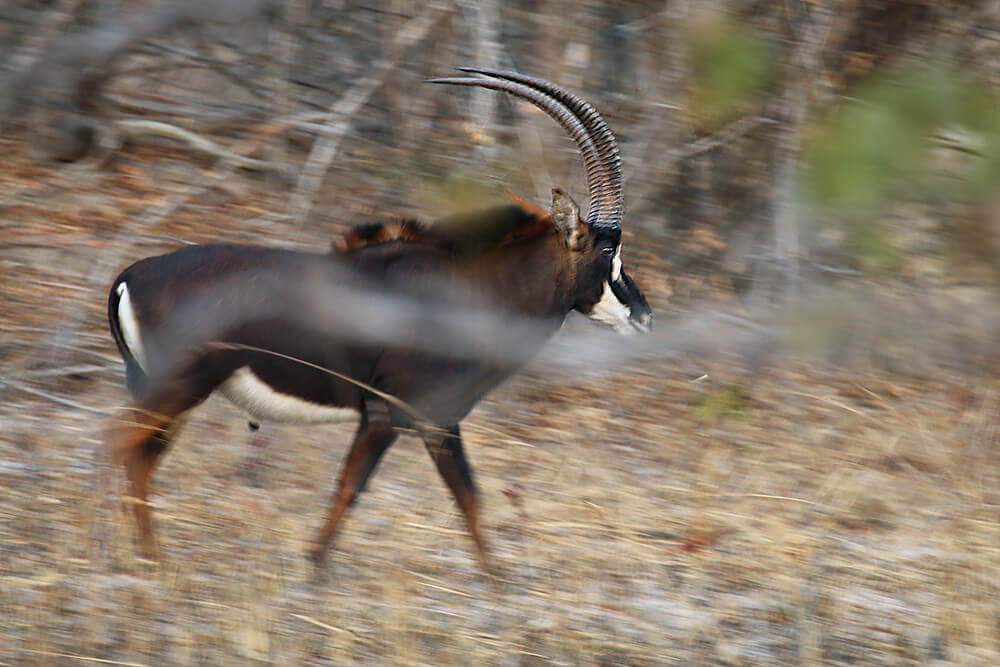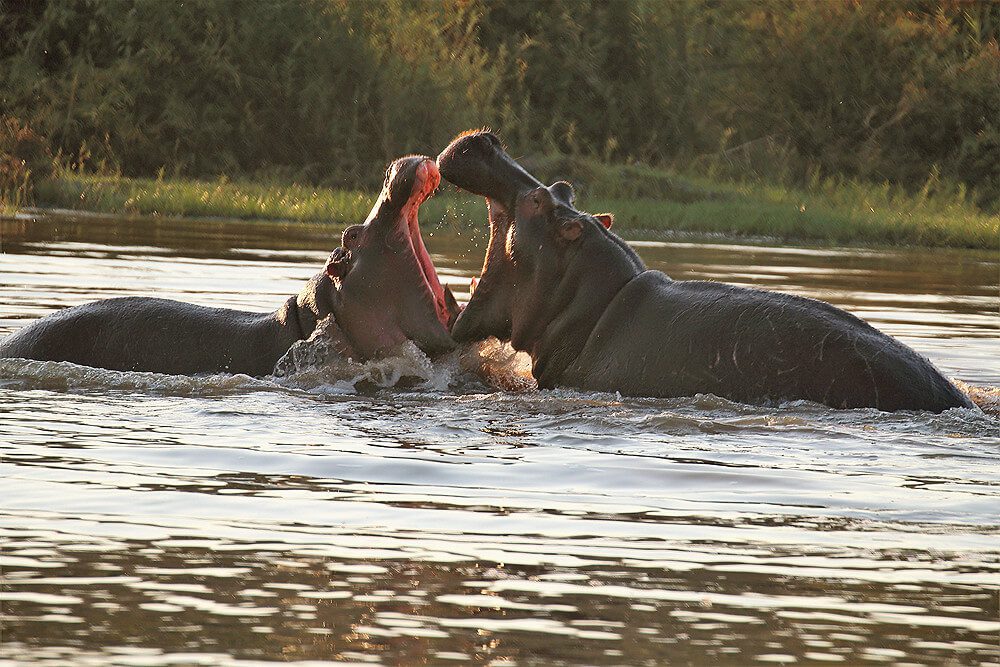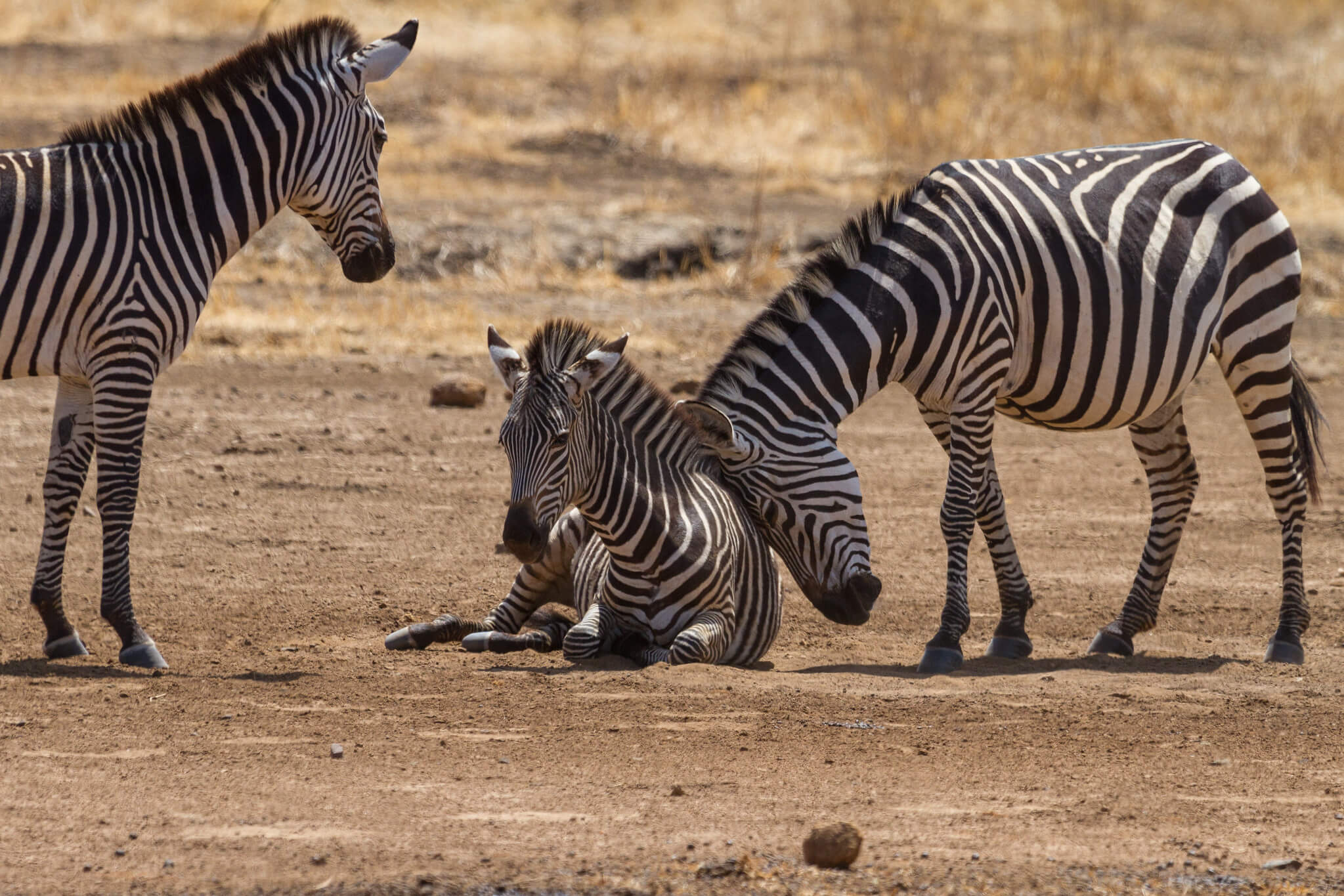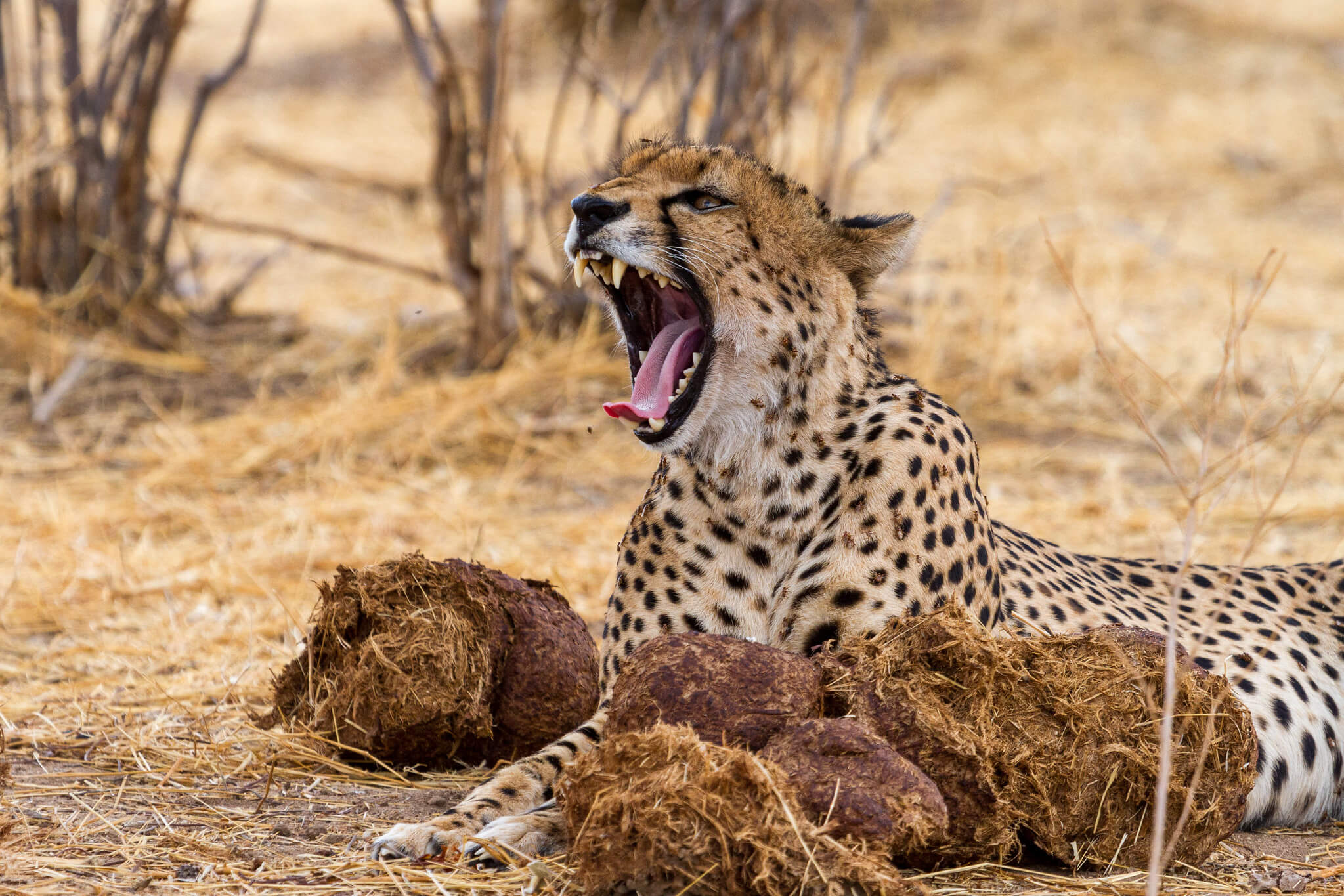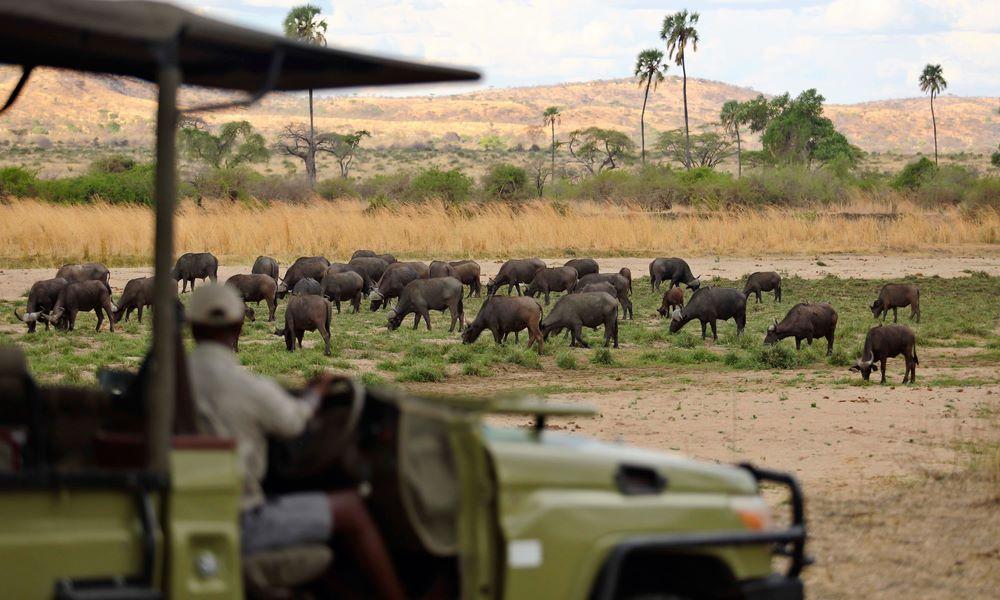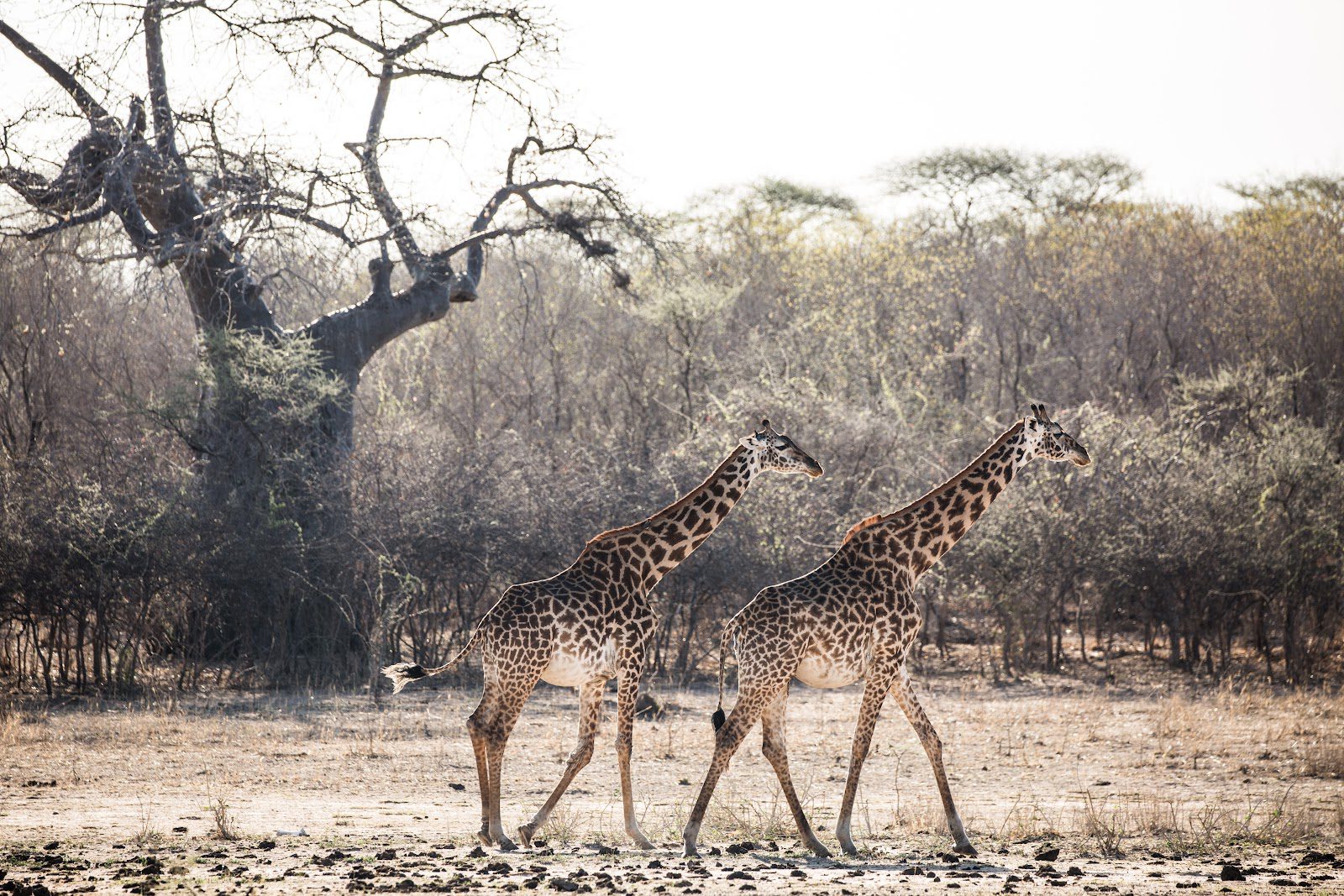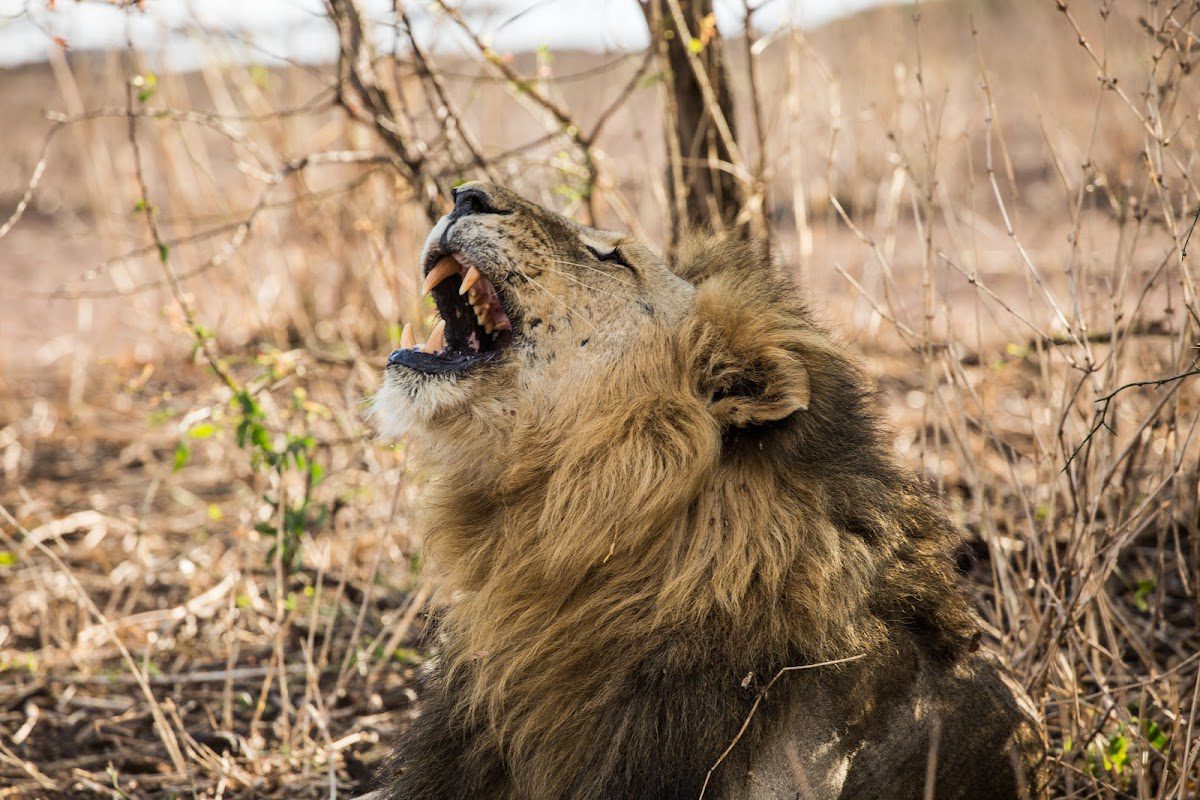ruaha national park iringa-Tanzania
Ruaha National Park: A Hidden Gem in Tanzania
Ruaha National park is the second largest national park in Tanzania after Nyerere National park, covering an area of over 20,000 square kilometers. It is located in the southern part of the country and is known for its diverse wildlife and breathtaking landscapes. Ruaha is a haven for nature enthusiasts and offers a truly unique safari experience.
Wildlife & Animals – Ruaha NP
Ruaha National Park is home to a wide variety of wildlife, making it a popular destination for safari lovers. The park is known for its large population of elephants, with over 10,000 being found here. Other common animals include lions, leopards, cheetahs, giraffes, zebras, and different species of antelopes. Visitors can also spot hyenas, hippos, crocodiles, and various species of monkeys. Ruaha is also one of the few places in East Africa where the endangered African wild dog can be seen.
Birds – Ruaha NP
Ruaha National Park is a paradise for birdwatchers, with over 570 species of birds recorded here. The park offers a diverse range of habitats, including the Ruaha River, miombo woodlands, and open savannah, which attract a wide variety of bird species. Some of the common bird species found in Ruaha include kingfishers, hornbills, eagles, vultures, ostriches, and various species of herons and storks.
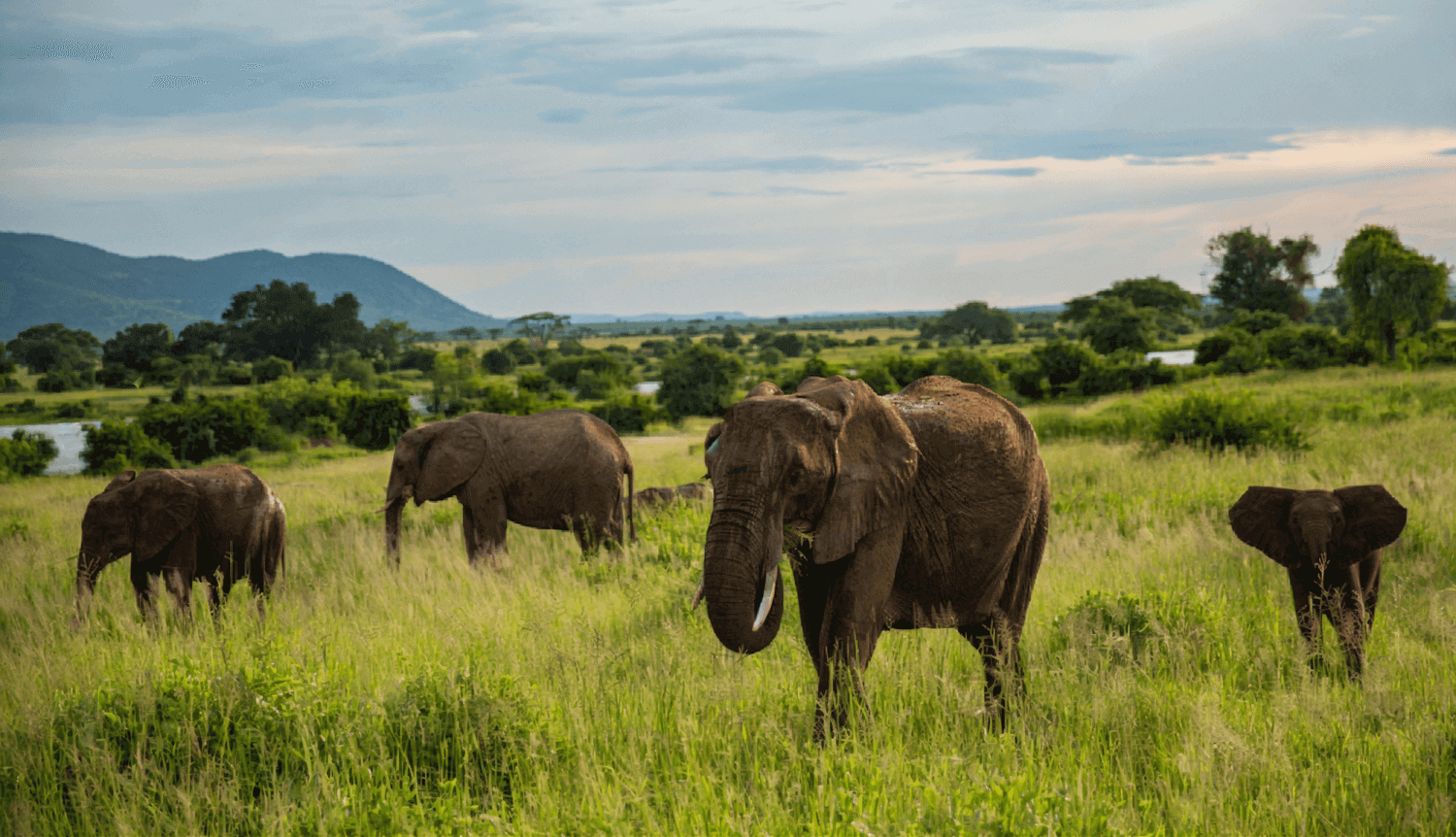
Best Time To Visit – Ruaha National park
The best time to visit Ruaha National Park is during the dry season, which runs from June to October. During this time, the vegetation is less dense, making it easier to spot wildlife. Animals congregate around watering holes, providing excellent game viewing opportunities. The dry season also offers pleasant weather with mild temperatures and clear skies. However, Ruaha can be visited year-round, and each season has its own unique attractions. Read more the best time to visit Ruaha
Weather & Climate –Ruaha NP
Ruaha experiences a semi-arid climate, with hot and dry conditions prevailing for most of the year. The rainy season occurs from November to May, with the heaviest rainfall typically falling in December and January. During the wet season, the park comes alive with lush vegetation and flowing rivers, which creates a picturesque setting. However, access to some parts of the park may be restricted due to heavy rainfall and road conditions.
Ruaha National Park stands out as a destination that offers not only the quintessential African safari experience but also the serenity and solitude of an untouched wilderness. Whether you’re a seasoned safari-goer or a first-time visitor, Ruaha promises an unforgettable adventure.. Read our TripAdvisor reviews here
Getting There – Ruaha NP
To reach Ruaha National Park, visitors can fly into Julius Nyerere International Airport in Dar es Salaam or Kilimanjaro International Airport in Arusha. From there, they can take a domestic flight to the park’s airstrip. Alternatively, there are also road connections from major cities in Tanzania, such as Dar es Salaam and Arusha. It is recommended to hire a professional guide or join a tour operator to ensure a smooth and safe journey to the park. You can combine Ruaha National park Safari to Mikumi, Nyerere, Udzungwa, Katavi, Serengeti, Tarangire, Ngorongoro, Manyara and Zanzibar.
Malaria & Safety– Ruaha NP
Ruaha National Park is located in a malaria-endemic region, so it is important for visitors to take precautions to prevent mosquito bites. This includes using insect repellent, wearing long sleeves and pants, and sleeping under a mosquito net. It is also advisable to consult a healthcare professional regarding malaria prophylaxis before traveling to Ruaha. In terms of safety, visitors should follow the guidelines provided by park rangers and avoid approaching or provoking wild animals. It is also recommended to stay in designated campsites and lodges for security purposes.. Read our TripAdvisor reviews here
Frequently Asked Questions
Accommodation in Ruaha NP
From budget to luxury, Ruaha National Park offers accommodation options to suit every traveler’s needs. Whether you prefer a cozy tented camp in the heart of the wilderness or a luxurious lodge with stunning views, you’ll find the perfect place to rest and rejuvenate after exploring this incredible Tanzanian national park.
Safaris in Ruaha NP
Experience the ultimate wilderness adventure with a safari in Ruaha National Park. Immerse yourself in the breathtaking landscapes while encountering wildlife up close. Whether you prefer budget or luxury comfort, Ruaha offers a wide range of options to suit your needs. Don’t miss out on the unique opportunity to combine your walking safari with some exhilarating fishing!
Ready to Book your Ruaha Safari?
Our team of Tanzanian Safari Experts has more than 15 years of firsthand experience and knowledge in traveling Tanzania. Contact us now to create the perfect tailor-made itinerary that fulfills all your preferences and requirements. Read our TripAdvisor Reviews

